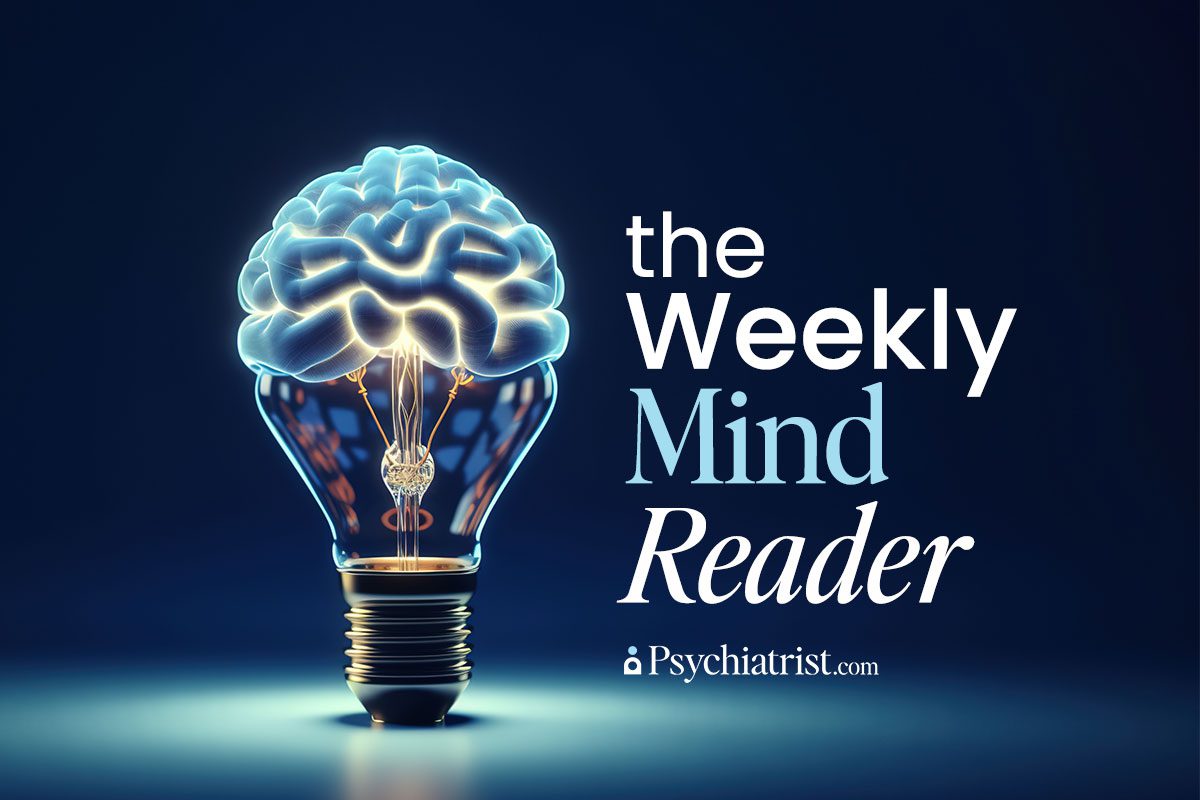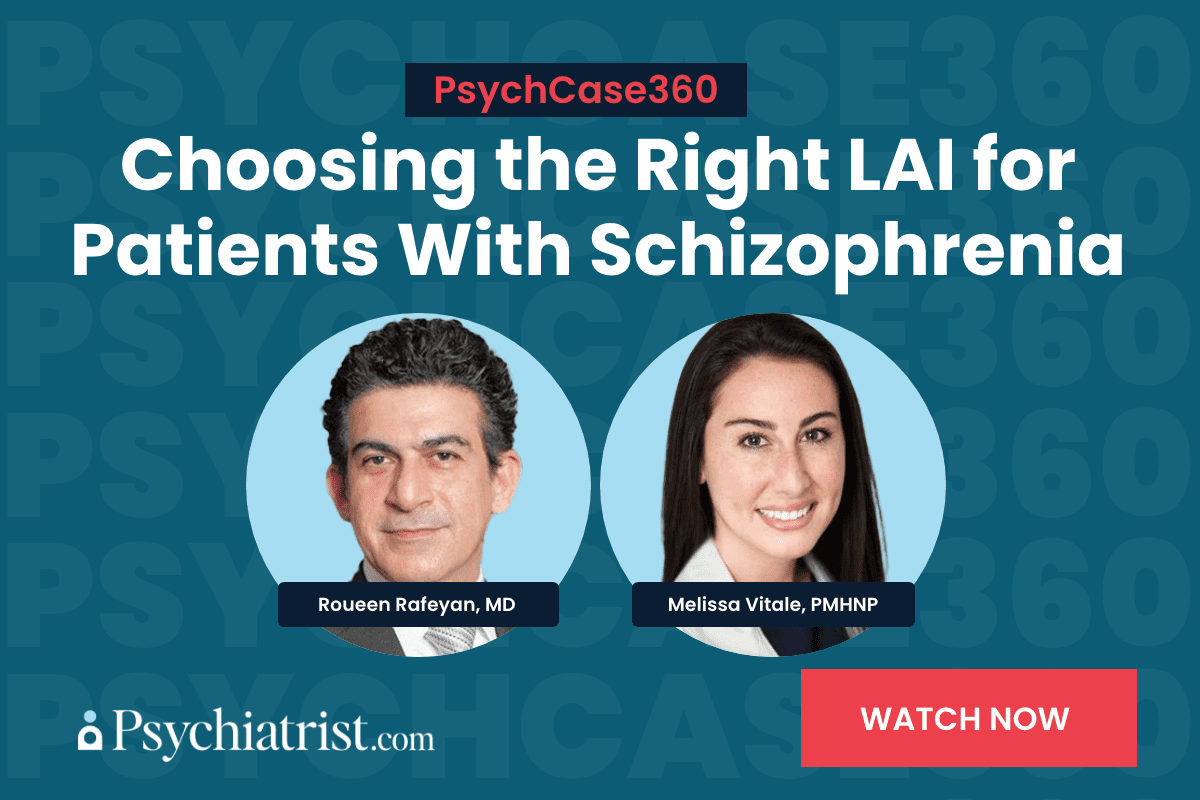Despite widespread, lingering shortages, traditional attention-deficit hyperactivity disorder (ADHD) meds – such as methylphenidate (MP) – persist as a reliable front-line treatment. Even so, a frustrating number of patients – nearly a third – fail to respond to the drug. New research might explain why.
Despite MP’s track record of improving patient attention levels by boosting dopamine levels, a group of University of Maryland researchers have discovered that the drug’s effectiveness might rely more on the brain’s pre-existing chemistry levels.
“We thought that the amount of dopamine Ritalin produced in a person would help us predict whether that individual would have enhanced attention performance, but what we found is more complicated,” study co-corresponding author and UM School of Medicine assistant professor of psychiatry Peter Manza, PhD, conceded. “Instead, we found the types of dopamine receptors on the brain cells, and the ratio in which they are found, better predicted cognitive performance.”
Methodology – And a Surprise Ending
The research, published by a team of neuroscientists, looked closely at how individual differences in dopamine receptor availability dictated how a participant responded to a single 60 mg dose of MP.
Working with three PET scans and two MRI scans per participant, the researchers analyzed the brain’s dopamine system before and after MP administration. They also graded the participants’ performance on a task that demanded attention and memory.
To the team’s surprise, they found that the amount of dopamine the MP triggered didn’t necessarily translate into better attention spans. On the contrary, the researchers noticed that the ratio of two dopamine receptor types — D1 and D2 — acted as a more reliable bellwether. Participants with lower baseline brain activity during attention tasks showed the greatest improvement in both brain function and task performance after taking MP.
This, the authors concluded, meant that individuals with this particular neurochemical profile might be more receptive to the drug.
“Balanced signaling between D1 receptors and D2 receptor in the brain is needed for optimal brain function and variations in their relative signaling contributes both to differences in baseline cognitive performance and to why some people improve whereas others deteriorate their performance when given Ritalin,” co-corresponding author Nora Volkow, MD, chief of the Laboratory of Neuroimaging at NIH’s National Institute of Alcohol Abuse and Alcoholism, explained. “What we found was those with a higher D2 to D1 ratio had worse baseline cognitive performance but experienced a greater improvement when taking Ritalin compared to a placebo.”
Customizing Future Treatment
Although the team focused on healthy adults, the findings could redirect how we approach – and treat – ADHD. If future research could replicate this study in clinical populations, it could drive tailored ADHD treatments based on brain chemistry.
“It would be interesting to identify whether there is a subgroup of individuals with ADHD who have high levels of D1 receptors and determine whether they are more likely to be treatment-resistant to stimulant drugs like Ritalin,” UM VP of Medical Affairs Mark T. Gladwin, MD, added. “That could aid in our efforts to personalize care for these individuals and seek more beneficial treatments including cognitive behavioral therapies.”
While more research is necessary, this paper plugs a crucial gap in our understanding of how attention works in the brain – and how medications like MP influence that system.
Further Reading
ADHD’s Fluctuating Nature Challenges What We Think We Know



